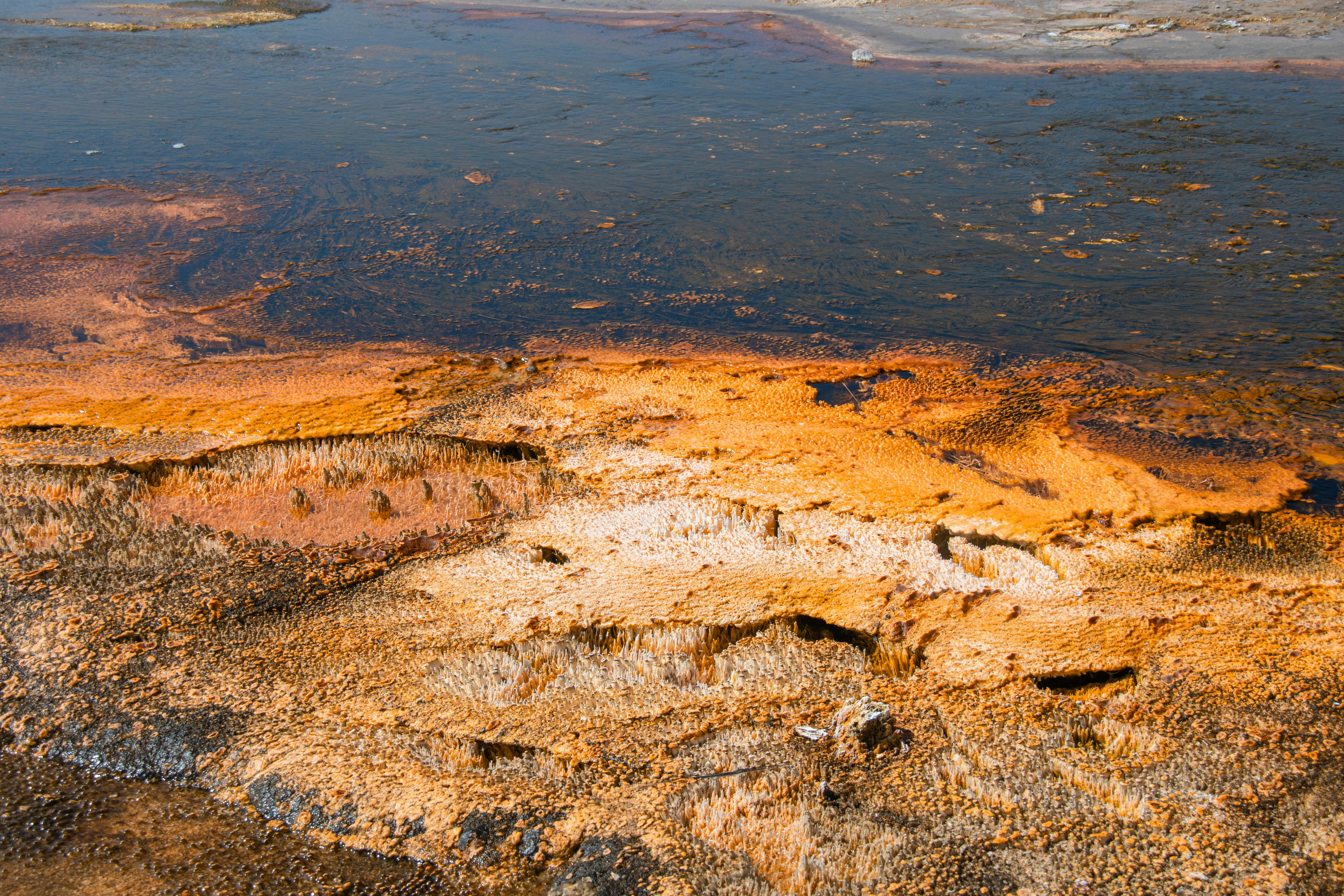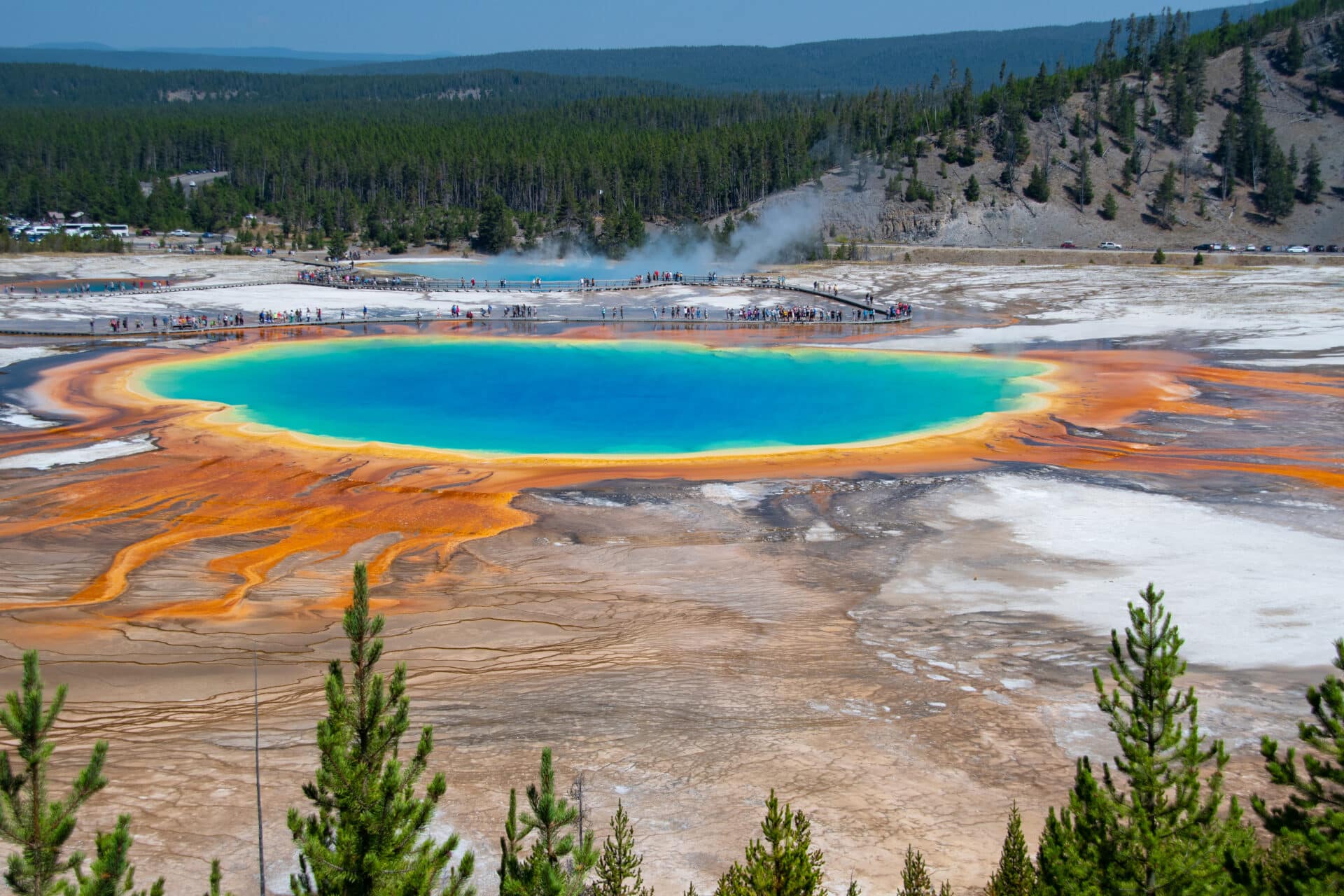Distilled water is a type of purified water that has had both impurities and minerals removed. As a result, it is neither acidic nor alkaline and has a neutral pH of 7.0. Distilled water is widely used in industrial and medical applications due to its lack of impurities, but it can also be used for drinking, cooking, cleaning, and more.Distilled water is neither acidic nor alkaline; it is neutral with a pH level of 7.
What is the pH of Distilled Water?
The pH of distilled water is neutral, or 7.0. This means that distilled water is neither acidic nor basic, but lies at the midpoint on the pH scale. Distilled water has no ions present, which makes it a good solvent for many compounds. It is also used in many scientific experiments and processes as a starting point for solutions to be tested or studied.
Distilled water’s neutrality can be used to measure other solutions’ acids and bases. Solutions with a pH lower than 7 are considered acidic, while solutions with a pH higher than 7 are considered basic or alkaline. When added to an unknown solution, distilled water can be used to determine the solution’s acidity or alkalinity level compared to neutral.
Distilled water is often used in laboratory experiments because it contains no contaminants like minerals, bacteria, and other impurities that could interfere with the experiment’s results. It is also commonly used in homes as drinking water and in steam irons to prevent mineral build-up from tap water. It can also be found in car batteries and aquariums as part of their maintenance requirements.
Alkaline Water vs Acidic Water
Alkaline water and acidic water are two different types of water that have different levels of pH. Alkaline water has a pH level of 8 or higher, and acidic water has a pH level of 6.5 or below. Alkaline water is also known as ionized water because it is created when minerals such as calcium and potassium are added to regular tap water, which increases its alkalinity. Acidic water is produced by adding an acid such as vinegar or lemon juice to regular tap or spring water.
The main difference between alkaline and acidic water is that alkaline water has more health benefits than acidic water. Alkaline water helps to neutralize acid in the body, which can help reduce inflammation and improve digestion. It can also help to detoxify the body by flushing out toxins and free radicals that can cause disease. In addition, alkaline water helps to balance the body’s pH levels, making it more resistant to disease-causing bacteria, viruses, and fungi.
Acidic water on the other hand has fewer health benefits than alkaline water. It may still help to flush out toxins from the body but it won’t provide the same level of protection against disease-causing bacteria, viruses, and fungi as alkaline water does. Acidic waters may also not be suitable for people with digestive problems due to its low pH level.
In conclusion, while both alkaline and acidic waters have their own unique benefits, it is important to note that alkaline waters are generally considered healthier than acidic waters due to their higher pH levels and ability to neutralize acids in the body.
Testing the pH of Distilled Water
Testing the pH level of distilled water is an important step in determining its suitability for certain processes. Distilled water has a neutral pH level and is the purest form of water available, making it ideal for many applications. To accurately test the pH of distilled water, it is necessary to use a pH testing kit or meter that can measure the acidity or alkalinity of a solution. The process involves adding a few drops of an indicator solution to a sample of distilled water and then measuring the color change that occurs. The color change will indicate the approximate pH level of the sample.
When testing for pH, it is important to make sure that all equipment used is clean and free from contaminants as this can affect the accuracy of results. It is also important to follow all instructions provided with any testing kits or meters, as incorrect use can produce inaccurate readings. Once all equipment has been prepared, it is recommended that several samples be taken to ensure accuracy and consistency in results. If any discrepancies are noticed during testing, additional samples should be taken for further analysis.
Once all readings have been taken, the average should be calculated in order to determine the approximate pH level of the distilled water sample. The average reading should be compared against a standard scale in order to get an accurate result. Finally, it is important to properly store any left over indicator solution so that it can be used again if needed. With these steps in mind, testing for the pH level of distilled water can be done quickly and accurately with minimal effort required.
Properties of Acidic Solutions
Acids are corrosive substances that produce hydrogen ions (H+) when dissolved in water. They have a sour taste and are capable of reacting with bases, metals, and other compounds. Common properties of acids include releasing a sour odor when mixed with water, having a bitter taste, and turning blue litmus paper red. Acids can also be corrosive, causing burns or tissue damage to those who come into contact with them. In solution form, acidic solutions have a pH value less than 7.0 and are generally known for their ability to react with bases to form salts and water. Furthermore, acidic solutions have the ability to conduct electricity due to the presence of hydrogen ions in the solution.
Properties of Alkaline Solutions
Alkalis are substances that produce hydroxide ions (OH-) when dissolved in water. They typically have a soapy feel and can be corrosive or mild depending on their concentration. Alkaline solutions often have a bitter taste and will turn red litmus paper blue. In solution form, alkaline solutions have a pH value greater than 7.0 and are generally known for their ability to neutralize acids. This is due to the fact that alkaline solutions contain hydroxide ions which react with acids, forming salts and water as products of the reaction. Alkaline solutions also possess the ability to conduct electricity due to the presence of hydroxide ions in the solution.

Does Distilled Water Contain Minerals?
Distilled water does not contain any minerals because it has been processed to remove all contaminants, including minerals. Distillation is a process of evaporation and condensation that is used to purify liquids. The water is heated until it turns into steam, which is then collected and condensed back into liquid form. The result is pure distilled water that does not contain any dissolved minerals or other impurities.
Distilled water can be used for drinking, cooking, and many other applications in which pure water is required. It is also often used as an ingredient in cosmetics, pharmaceuticals, and other products that require pure water. Since distilled water lacks the minerals found in tap or spring water, it may not taste as good as other types of bottled water. It can also be more expensive than regular bottled water due to the additional processing and packaging costs.
Although distilled water lacks the minerals found in tap or spring waters, it has some unique benefits. Since it does not contain dissolved solids like minerals or salts, it helps reduce limescale buildup in appliances that use hot water such as kettles and coffee makers. It also helps prevent corrosion of pipes that carry hot or cold liquids.
Overall, distilled water does not contain any minerals because it has been processed to remove all contaminants including minerals from the liquid. While this type of purified water may have some unique benefits compared to regular bottled waters, it may also lack the taste and cost more due to additional processing costs.
Are There Benefits to Drinking Distilled Water?
The answer is yes, there are a number of potential benefits to drinking distilled water. Distilled water is a form of purified water that has been boiled to remove impurities and contaminants. Because it has been processed in this way, it generally contains fewer minerals or other impurities than regular tap water. This can make it a healthier choice for those who are looking for clean and pure drinking water. Additionally, the lack of minerals can also make distilled water taste better for some people.
Another potential benefit of drinking distilled water is that it may be easier on your digestive system. This is because the lack of minerals and other contaminants can make it easier for your body to absorb the water more quickly. This could help with hydration and reduce dehydration symptoms. Additionally, because there are no minerals or contaminants in the water, it could be beneficial for those with sensitive stomachs or digestive issues.
Finally, distilled water may also be beneficial for those looking to reduce their sodium intake because there are no additional minerals or elements added during the distillation process. This makes distilled water an excellent choice for those trying to cut back on sodium intake since there will be no additional sodium added when consuming this type of purified water.
In conclusion, there are several potential benefits to drinking distilled water that should be considered when deciding which type of purified drinking water is best for you. From its clean and pure taste to its easy digestion and reduced levels of sodium, distilled water offers a number of advantages that other types of purified drinking waters may not provide.
Does Drinking Distilled Water Affect Your Body’s pH Balance?
The pH balance of your body is important for overall health and wellness. Too much acidity in your body can lead to a number of health issues, ranging from inflammation to digestive problems. Drinking distilled water can be beneficial for maintaining your body’s pH balance. Distilled water is free from impurities and other minerals that can interfere with the acid-alkaline balance in your body.
Distilled water has a neutral pH level, which means it does not add any additional acidity or alkalinity to the body. This makes it an ideal choice for those looking to maintain a healthy pH balance. While drinking distilled water alone may not have a significant effect on your pH levels, it can be beneficial when combined with other healthy lifestyle choices.
Eating a balanced diet that is rich in fruits and vegetables is essential for maintaining the acid-alkaline balance in the body. Eating more alkaline foods like spinach, kale, and celery can help keep your body’s pH levels balanced. In addition, avoiding processed foods and sugary drinks can also help keep your body’s pH levels balanced.
Drinking plenty of fluids throughout the day is also important for maintaining your body’s pH balance. In addition to drinking distilled water, you should also consider incorporating other beverages such as herbal teas into your daily routine as they are known to be alkalizing agents.
Overall, drinking distilled water can help maintain the acid-alkaline balance of your body when combined with other healthy lifestyle choices such as eating a balanced diet and avoiding processed foods and sugary drinks. It is important to remember that while distilled water alone may not have a significant impact on your pH levels, it can be beneficial when used in combination with other healthy lifestyle choices.

Conclusion
Distilled water is neither acidic nor alkaline according to the pH scale. It has a neutral pH of 7, which means it is neither acidic nor alkaline. This makes it the perfect choice for use in laboratories and for drinking. Distilled water also has many other benefits, including that it does not contain any harmful minerals or chemicals. It can also be used to rinse out contact lenses, fill aquariums, and cleanse wounds.
Therefore, distilled water is a valuable resource for many different purposes and its neutral pH makes it ideal for those who want to stay away from acidic and alkaline substances. Though distilled water may not be the tastiest option, its use far outweighs any potential drawbacks.

